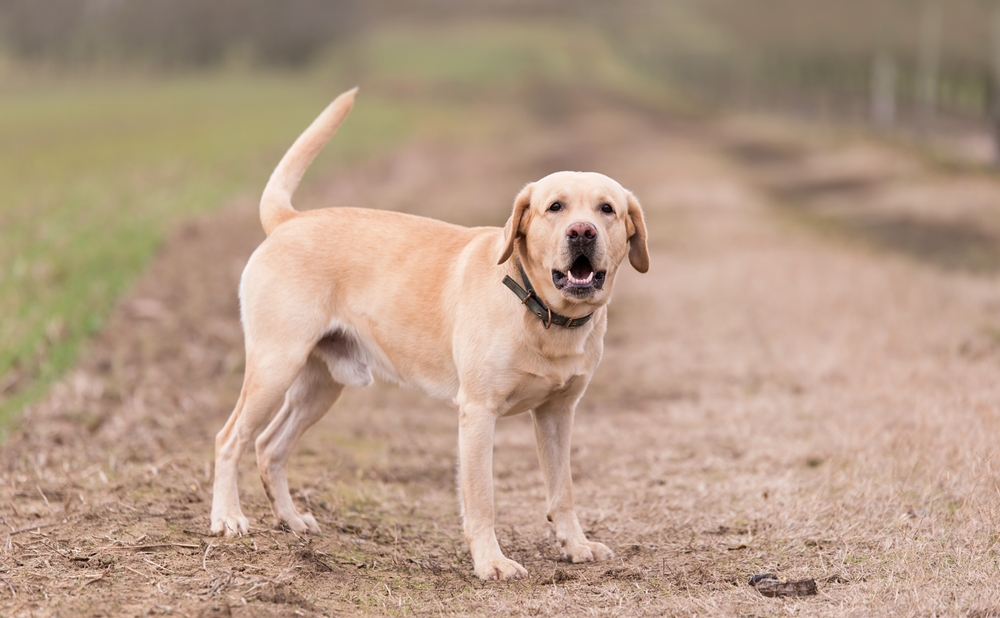If your dog barks every time someone walks past your house or approaches on the sidewalk, you’re not alone. For many pet owners, barking at strangers is a frustrating yet common behavior. But this reaction isn’t just random noise. It often stems from something deeper—a phenomenon known as canine reactivity. Whether you’re dealing with a new puppy or an older rescue, understanding why dogs behave this way is the first step in resolving it. If you’re looking for help with dog training Collingwood, it helps to first understand the root causes behind your dog’s vocal reactions.
The Nature of the Bark: What Is Your Dog Trying to Say?
Dogs bark for a variety of reasons, and not all barking is bad. In fact, barking is one of the primary ways dogs communicate. They may bark to alert you to potential danger, express excitement, or seek attention. However, when the barking is excessive and primarily directed at strangers, it often points to reactivity.
Canine reactivity is essentially an overreaction to a particular stimulus—in this case, unfamiliar people. Unlike aggression, reactivity doesn’t necessarily mean your dog wants to attack. It may stem from fear, territorial behavior, or even frustration at not being able to greet someone properly.
Recognizing what kind of bark your dog is using (fearful, territorial, excited) can help decode the emotion behind the sound. For instance:
- Short, sharp barks with a stiff body may indicate a warning.
- Continuous barking with retreating behavior may show fear.
- Excited yips and tail wags may mean they want to interact but don’t know how.
Common Causes of Barking at Strangers
1. Fear and Anxiety
Fear is one of the most common reasons dogs bark at strangers. A fearful dog perceives new people as threats, and barking becomes a self-defense mechanism. This fear can stem from a lack of socialization, traumatic past experiences, or genetic predispositions.
Dogs that haven’t been properly exposed to a variety of people during their critical socialization window (around 3 to 14 weeks of age) may grow up feeling insecure around strangers. This insecurity manifests as barking, lunging, or other avoidance behaviors.
2. Territorial Instincts
Dogs are naturally territorial animals. When someone enters what they perceive as “their” space, their instinct is to protect it. This is especially common in breeds known for guarding behavior, such as German Shepherds or Dobermans.
Barking in this case serves as a warning to the stranger and a signal to the dog’s family. If the stranger moves away (which they often do), the dog may interpret this as a successful deterrent, reinforcing the behavior.
3. Lack of Proper Socialization
Dogs need regular, positive exposure to different people, environments, and situations to learn that the world is safe. Without this, even everyday interactions can seem threatening. Dogs that weren’t socialized adequately as puppies are more likely to bark at unfamiliar faces simply because they don’t know how to react.
It’s never too late to begin socializing a dog, but it must be done thoughtfully and gradually. Flooding a reactive dog with too many new experiences at once can backfire, increasing their anxiety.
4. Learned Behavior
In some cases, dogs bark at strangers because they’ve been unintentionally rewarded for doing so. For example, if a dog barks at a mail carrier and the person leaves, the dog learns that barking made the “intruder” go away. Over time, the dog starts to believe that barking is an effective way to control their environment.
Reinforcement doesn’t have to be deliberate. Even shouting at the dog or pulling them back on a leash can be interpreted as attention, which may encourage the behavior.
5. Frustration or Overstimulation
Dogs can also bark out of frustration—sometimes referred to as barrier frustration. This happens when a dog wants to interact with a person or another dog but can’t due to a physical barrier (like a fence or leash). This pent-up energy can result in loud, persistent barking.
Some highly energetic or working breeds may also become overstimulated in busy environments, which can trigger barking episodes.
Recognizing the Signs of Canine Reactivity
It’s important to differentiate reactivity from other behavioral issues. Some key signs that your dog is reactive (as opposed to simply curious or friendly) include:
- Intense staring or stiff posture
- Barking, growling, or lunging at strangers
- Raised hackles (the fur along the back)
- Pacing, whining, or trembling when people approach
- Calming signals like yawning or licking lips (indicating stress)
These signs often appear before or during encounters with strangers. Keeping a behavior log can help you identify patterns and triggers.
Steps to Help Reduce Barking at Strangers
1. Manage the Environment
Start by controlling what your dog sees and hears. Close blinds if your dog barks at people walking past the window. Use baby gates to limit their access to doorways or hallways. Management isn’t a cure, but it can help prevent reinforcement of the unwanted behavior while you work on training.
2. Desensitization and Counterconditioning
Desensitization involves slowly introducing your dog to the trigger (strangers) at a distance they can handle without reacting. Counterconditioning pairs that presence with something positive, like treats or toys. Over time, your dog learns that strangers predict good things.
For example, if your dog notices someone across the street but doesn’t bark, reward them immediately. Gradually reduce the distance over multiple sessions. Patience and consistency are key.
3. Positive Reinforcement Training
Use rewards to reinforce calm, quiet behavior. Teach alternative actions like “look at me,” “sit,” or “go to your mat” when someone approaches. Practice these cues in low-distraction environments before gradually increasing difficulty.
Avoid punishment-based techniques, which can increase fear and anxiety. Instead, focus on creating positive associations and building trust.
4. Use of Tools and Equipment
Head halters, front-clip harnesses, and long training leashes can give you more control during walks. These tools should be used as part of a broader behavior plan, not a replacement for training.
In some cases, calming aids like anxiety wraps, pheromone diffusers, or even vet-prescribed medications can support your training efforts, especially for dogs with severe fear responses.
5. Seek Professional Guidance
Working with a professional dog trainer or behaviorist can make a significant difference, particularly if your dog’s reactivity is severe. A qualified expert can assess your dog’s behavior, develop a custom plan, and guide you through the process.
Make sure the professional uses force-free, science-based methods and has experience dealing with reactive dogs.
Why Understanding Reactivity Is a Game-Changer
Reactivity isn’t about dominance or disobedience—it’s often about fear, confusion, or over-arousal. When we shift our perspective from frustration to empathy, we open the door to better communication and trust with our dogs. Understanding what your dog is trying to tell you with each bark, growl, or body signal helps build a stronger bond.
Behavioral change takes time, especially with deeply ingrained habits. But with patience, consistency, and the right support, your dog can learn to navigate the world with more confidence and less barking.
Living with a reactive dog isn’t always easy, but it’s entirely manageable. And more importantly, your efforts can dramatically improve your dog’s quality of life—and your own. After all, a peaceful walk and a quiet home are worth the work it takes to get there.





























